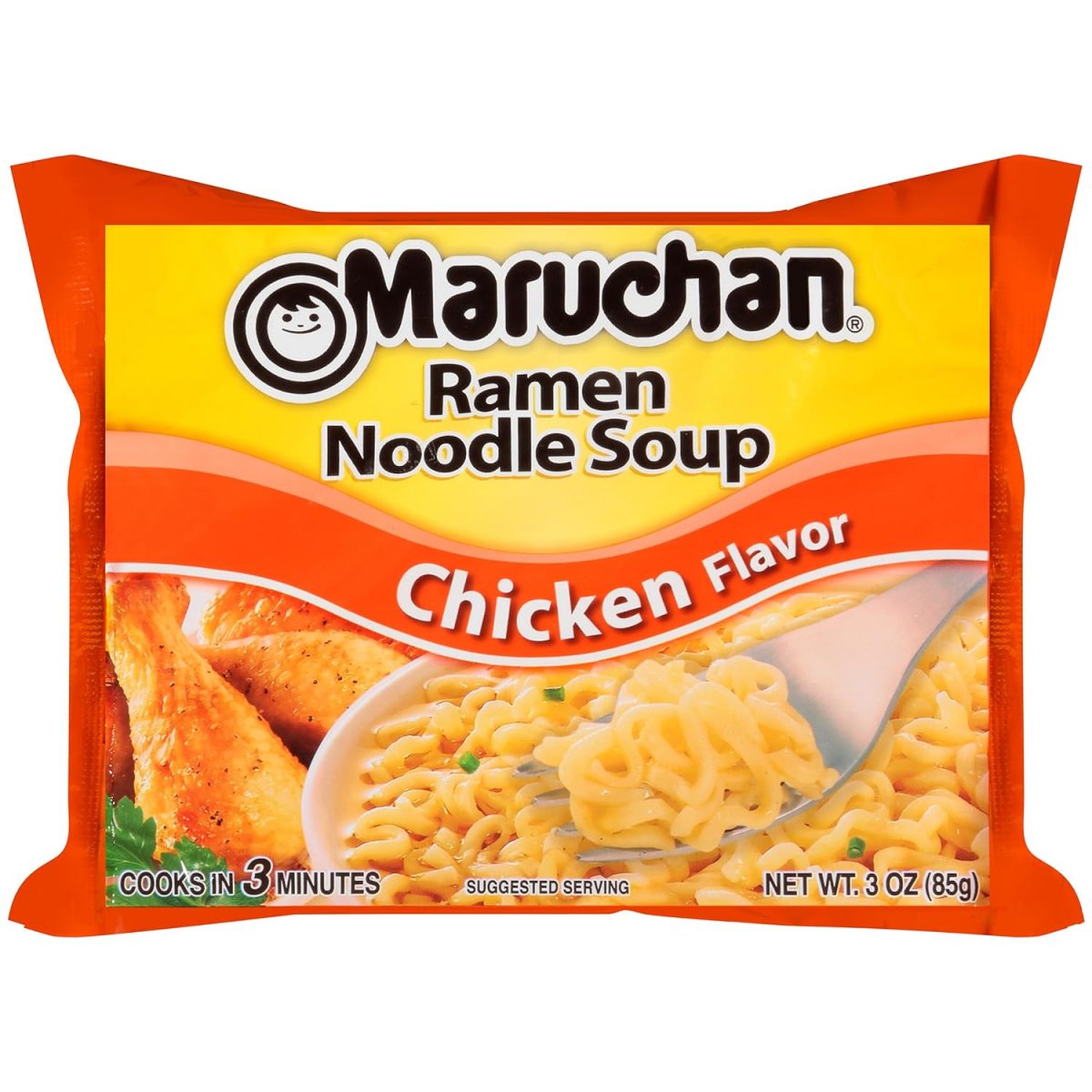When you want something different than dining hall food, boarders often must grapple with expensive and unhealthy choices.
For many day students, it’s easy to not think about where your next meal will be from, as there seems to always be food at home. But what happens to the boarders on campus when that phenomenon doesn’t exist? The dining hall, serving three meals a day and snacks in between, proves to be a reliable and trusty option for most on any given day of the week. Yet, for those with various eating restrictions, dietary needs, or even a desire to make changes to their eating habits, the dining hall can become repetitive.
Francesca Gionfriddo, a sophomore boarder from Glastonbury, Conn., says she visits the dining hall about three times a day, once for each meal, but finds it hard to diversify her plate.
“I feel like my rice and chicken is always available, but I struggle to find … a consistent vegetable option other than salad, which, doesn’t have much substance,” she said.
The issue of finding food that’s not from the dining hall boils down to one thing: money. Money is an undercurrent at every private school, and infiltrates almost every corner of existence at Williston, whether explicitly or not.
Known to be probably the most common “dorm food” to prep school and college students alike, ramen is a staple in any pantry. This shelf stable, practically indestructible food item, when combined with water, provides a good alternative to dinner from the dining hall. It’s is a fine option, in moderation of course. One package of Maruchan ramen costs around .45 cents, and can come in packs of ten for between $4 – $6. While a good, cheap option, ramen contains high levels of sodium and MSG, both chemicals proven to increase the risk of heart disease and stomach cancer, according to WebMd.com.
On the contrary, a 2.25 lb. bag of fresh grapes from Big E’s cost $7, and a 1.5 lb. bag of clementines cost $6.35. With Williston students not having the ability to produce an active income, these expenses can add up quick.
Gionfriddo finds grocery shopping to be tough on a budget.
“It gets really expensive,” she said. “Especially if you’re only getting a few things that are super specific, and then it’s $25. It’s really disappointing.”
The cheaper local options, such as Family Dollar and Walgreens, typically only supply foods that lack protein and necessary vitamins. Consumption of these foods every so often is fine, but every day is not sustainable for a healthy diet. It seems that for those not wanting to spend on restaurants, the dining hall remains the most accessible option.















